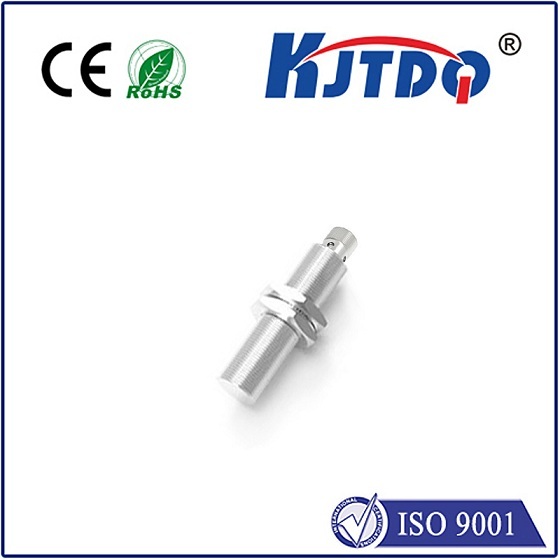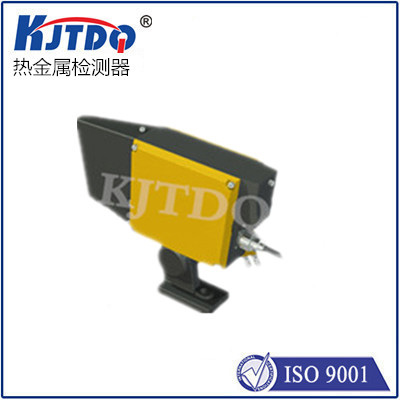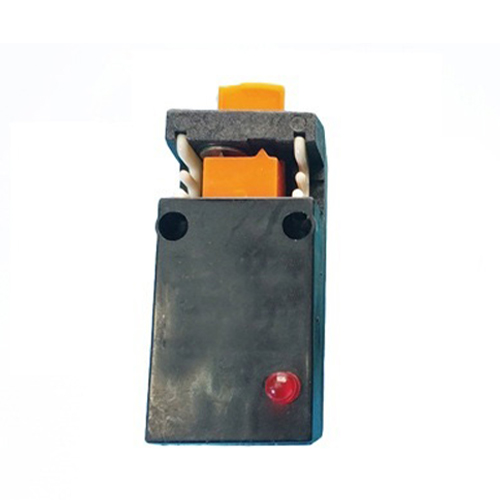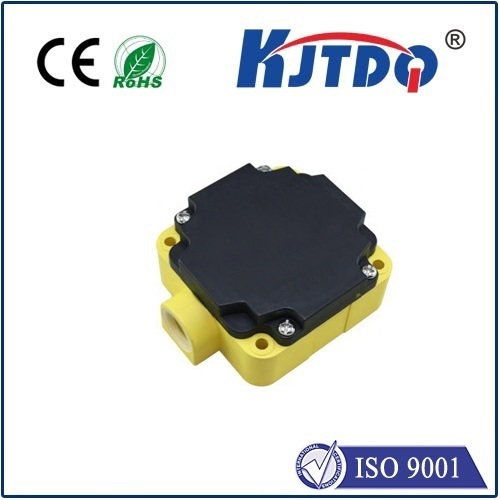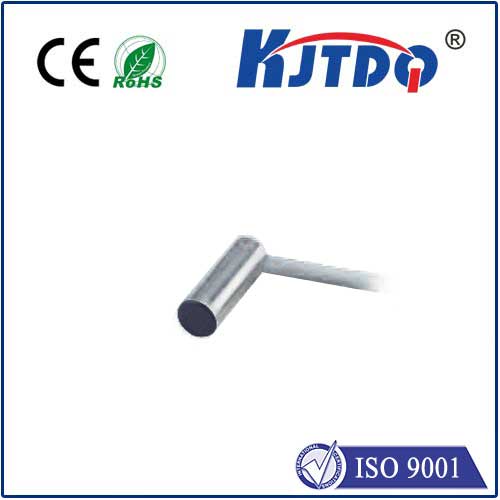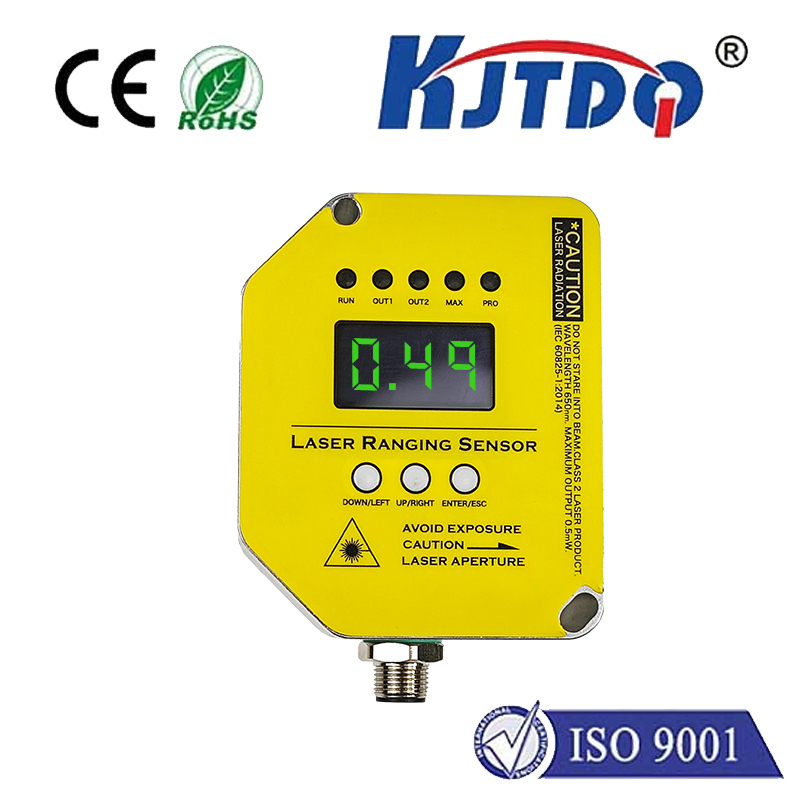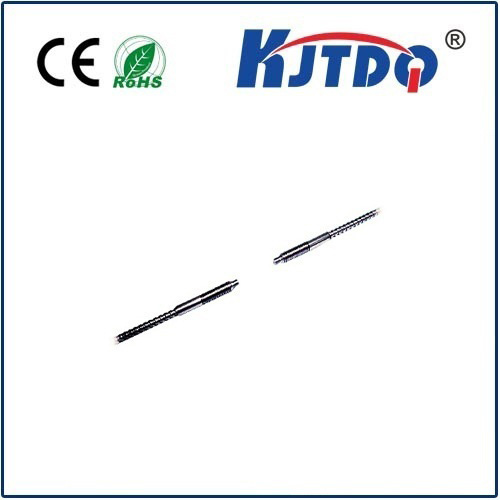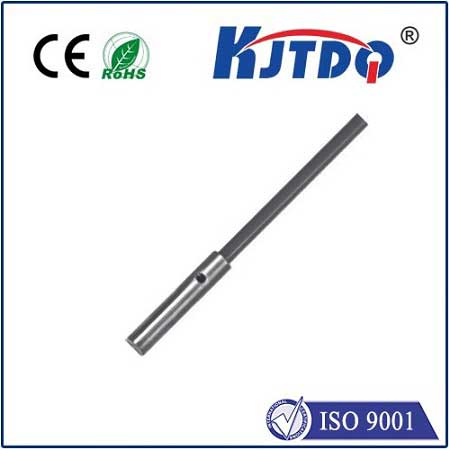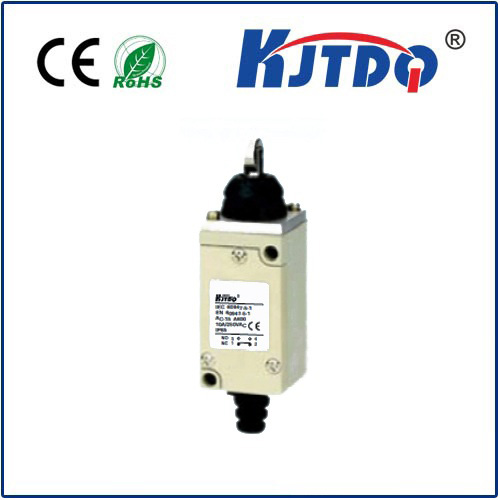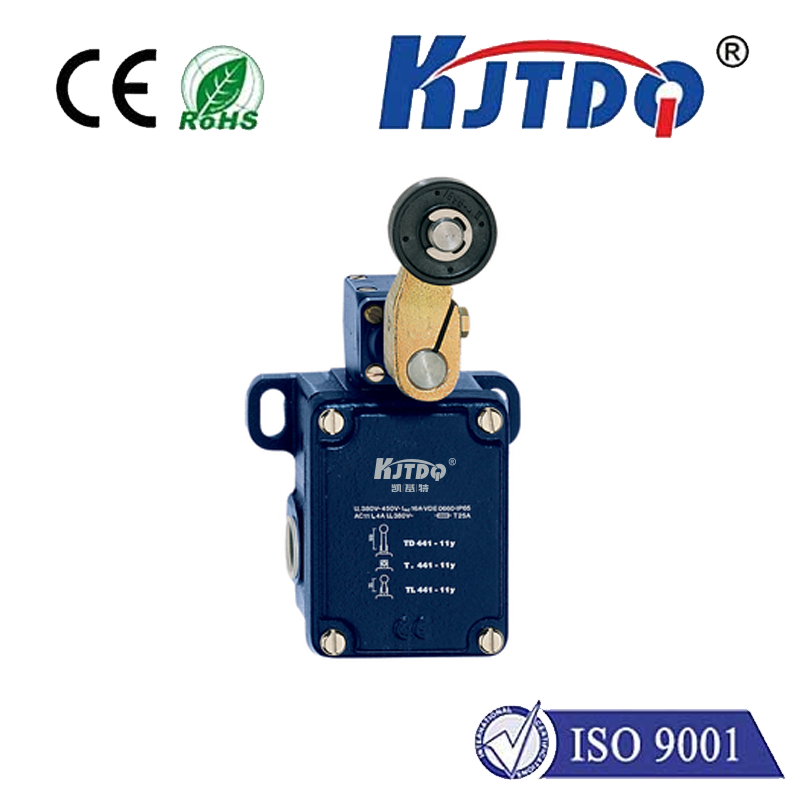

check

check

check

check

check

check

check

check

check

check
Understanding Linear Actuator External Limit Switches
Linear actuators are devices that create linear motion through the conversion of energy. They are widely used in various industries, including manufacturing, transportation, and automation. One crucial component of these actuators is the external limit switch, which plays a vital role in controlling their position and movement.

An external limit switch is a device that detects when the linear actuator reaches its maximum or minimum extension point. It sends a signal to stop the actuator's motion before it can damage itself, the load it carries, or the surrounding equipment. This feature ensures that the actuator operates within safe and efficient limits.
There are two types of external limit switches - mechanical and electronic. Mechanical limit switches use physical contact between the actuator and the switch to detect the end of travel. On the other hand, electronic limit switches use sensors to detect magnetic fields or changes in light intensity to determine the actuator's position. Both types serve the same purpose but offer different advantages depending on the application requirements.
One advantage of using an external limit switch is that it provides accurate control over the positioning of the linear actuator. This is essential for applications where precise positioning is necessary, such as assembly lines or robotics. Additionally, external limit switches can improve safety by preventing accidents caused by overextension or retraction of the actuator.
In conclusion, understanding the importance of external limit switches in linear actuators is crucial for ensuring their efficient operation and longevity. By incorporating this technology into your system design, you can achieve optimal performance while maintaining safety and accuracy standards.
